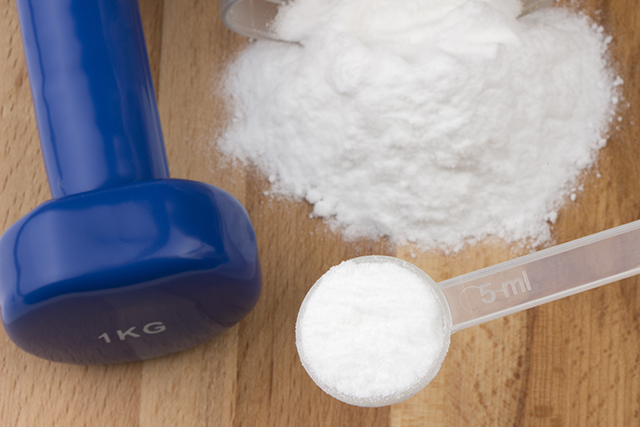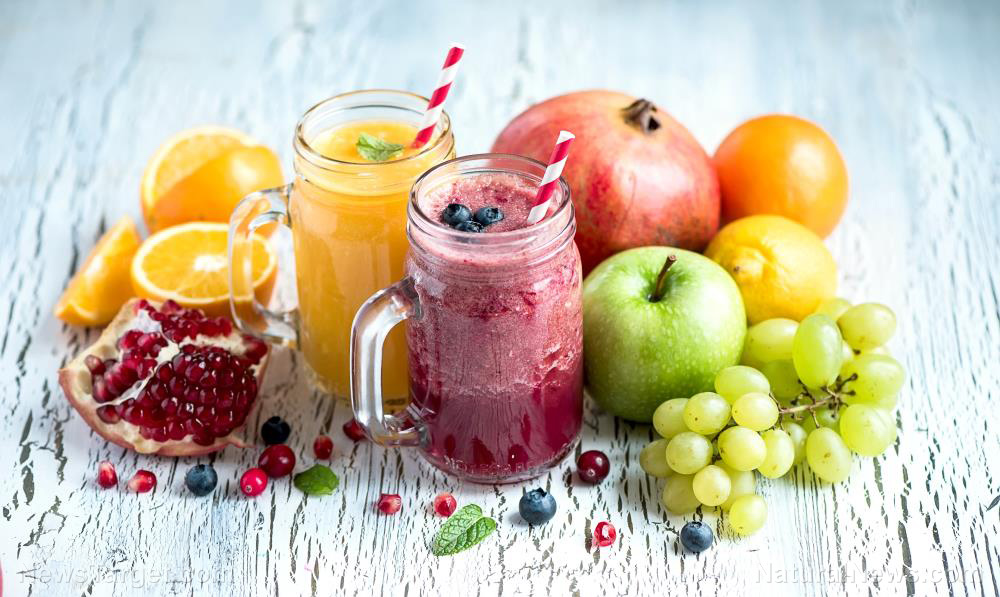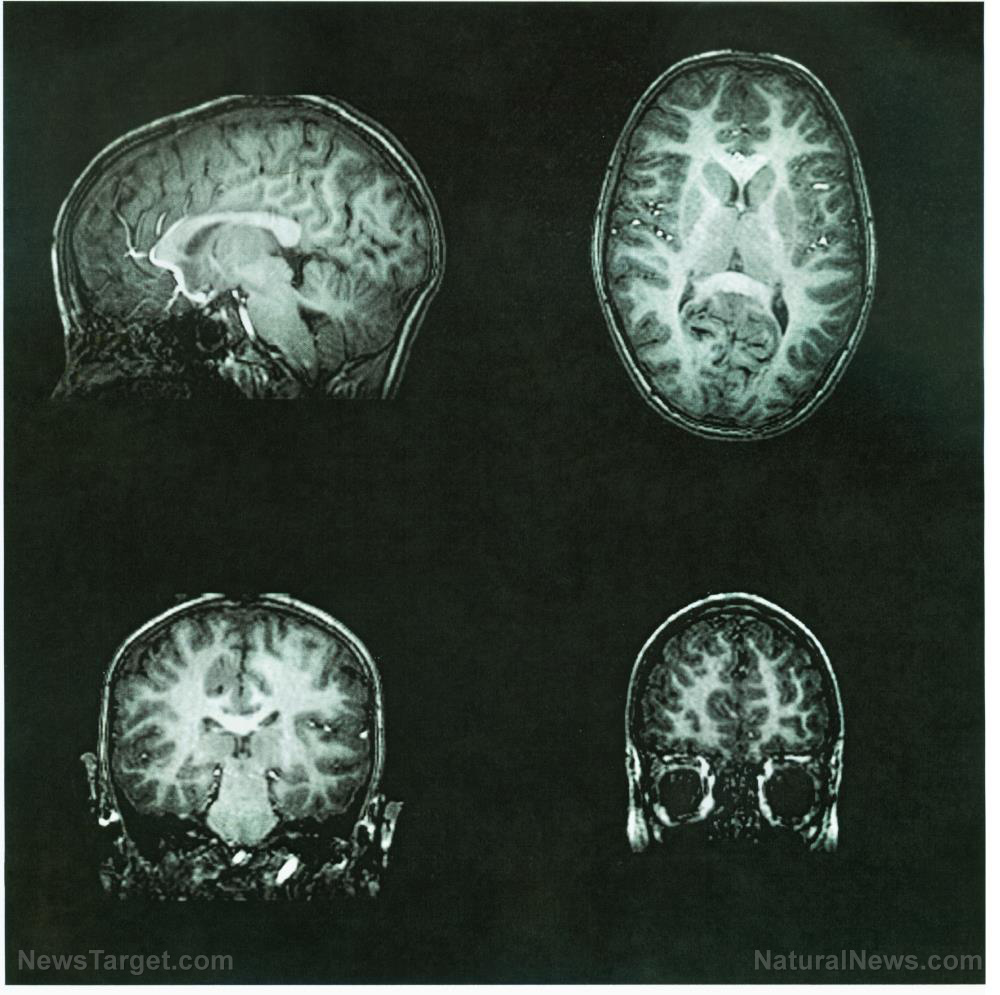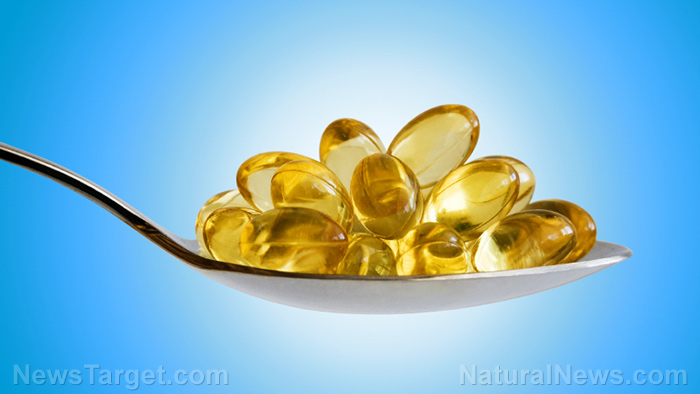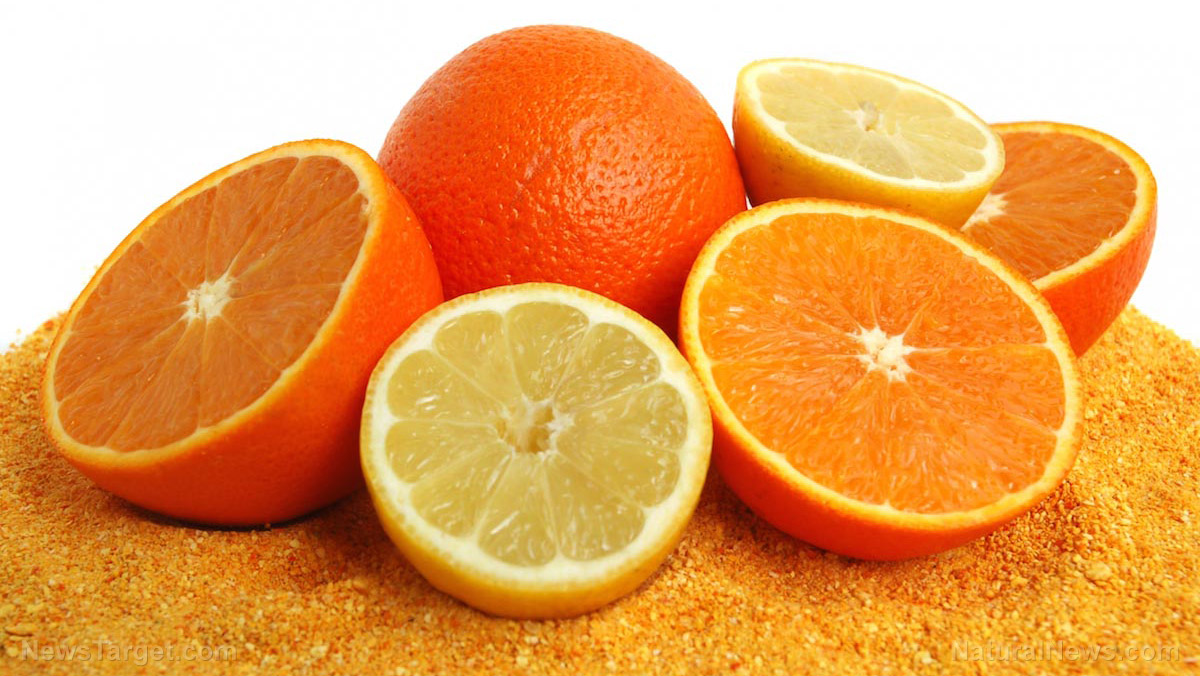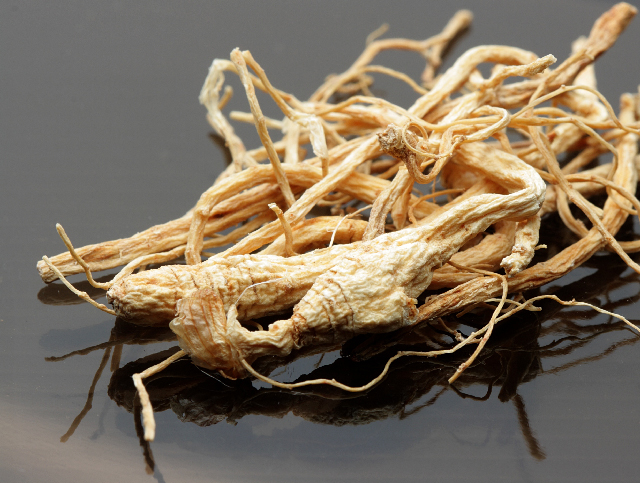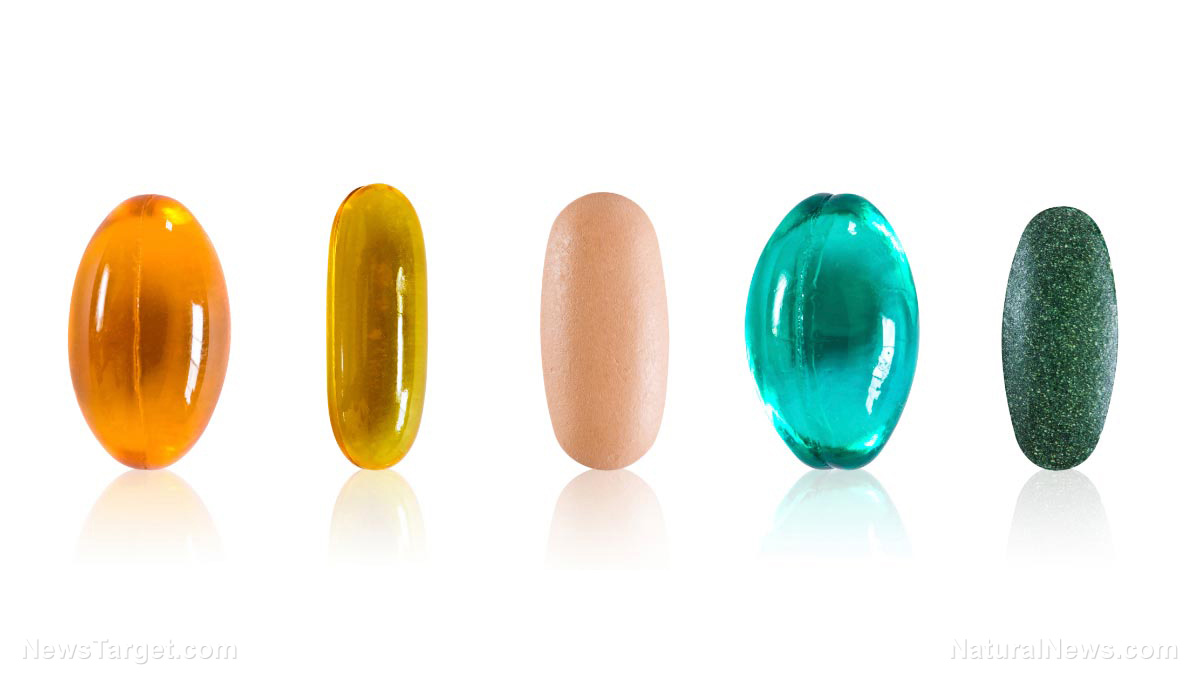How Effective Are Nootropics and “Smart” Drugs?
08/02/2016 / By supplementsreport

Imagine a pill you can take to speed up your thought processes, boost your memory, and make you more productive. If it sounds like the ultimate life hack, you’re not alone. There are pills that promise that out there, but whether they work is complicated. Here are the most popular cognitive enhancers available, and what science actually says about them.
(Article by Patrick Allan)
When you hear about nootropics, often called “smart drugs,” you probably picture something like the scene above from Limitless, where Bradley Cooper’s character becomes brilliant after downing a strange pill. The drugs and supplements currently available don’t pack that strong of a punch, but the concept is basically the same. Many nootropics have promising benefits, like boosting memory, focus, or motivation, and there’s research to support specific uses. But the most effective nootropics, like Modafinil, aren’t intended for use without a prescription to treat a specific condition. In fact, recreational use of nootropics is hotly-debated among doctors and medical researchers. Many have concerns about the possible adverse effects of long-term use, as well as the ethics of using cognitive enhancers to gain an advantage in school, sports, or even everyday work.
None of that has kept entrepreneurs and their customers from experimentingand buying into the business of magic pills, however. In 2015 alone, the nootropics business raked in over $1 billion dollars, and web sites like thenootropics subreddit, the Bluelight forums, and Bulletproof Exec are popular and packed with people looking for easy ways to boost their mental performance. Still, this bizarre, Philip K. Dick-esque world of smart drugs is a tough pill to swallow. To dive into the topic and explain, I spoke to Kamal Patel, Director of evidence-based medical database Examine.com, and even tried a few commercially-available nootropics myself.
Caffeine and L-theanine Have the Most Research to Support Their Use
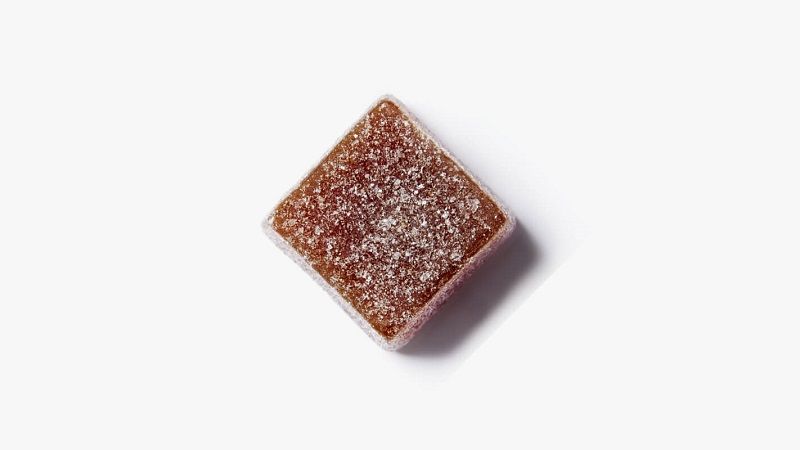
Without a doubt, the two most popular nootropics are compounds you’ve likely ingested on many occasions: caffeine and L-theanine. Both are found in coffee and green tea, but in small amounts when compared to the nootropic doses available.
We’ve talk about how caffeine affects the body in great detail, but the basic idea is that it can improve your motivation and focus by increasing catecholamine signaling. Its effects can be dampened over time, however, as you start to build a caffeine tolerance. Research on L-theanine, a commonamino acid, suggests it promotes neuronal health and can decrease the incidence of cold and flu symptoms by strengthening the immune system. And one study, published in the journal Biological Psychology, found that L-theanine reduces psychological and physiological stress responses—which is why it’s often taken with caffeine. In fact, in a 2014 systematic review of 11 different studies, published in the journal Nutrition Review, researchers found that use of caffeine in combination with L-theanine promoted alertness, task switching, and attention. The reviewers note the effects are most pronounced during the first two hours post-dose, and they also point out that caffeine is the major player here, since larger caffeine doses were found to have more of an effect than larger doses of L-theanine.
While these two compounds may not be as exciting as a super pill that instantly unlocks the full potential of your brain, they currently have the most science to back them up. And, as Patel explains, they’re both relatively safe for healthy individuals of most ages. Patel explains that a combination of caffeine and L-theanine is the most basic supplement stack (or combined dose) because the L-theanine can help blunt the anxiety and “shakiness” that can come with ingesting too much caffeine.
A 100mg dose of caffeine (half of a No-Doz or one cup of strong coffee) with 200mg of L-theanine is what the nootropics subreddit recommends in their beginner’s FAQ, and many nootropic sellers, like Peak Nootropics, suggest the same. In my own experiments, I used a pre-packaged combination fromNootrobox called Go Cubes. They’re essentially chewable coffee cubes (not as gross as it sounds) filled with that same beginner dose of caffeine, L-theanine, as well as a few B vitamins thrown into the mix. After eating an entire box of them (12 separate servings—not all at once), I can say eating them made me feel more alert and energetic, but less jittery than my usual three cups of coffee every day. I noticed enough of a difference in the past two weeks that I’ll be looking into getting some L-theanine supplements to take with my daily coffee.
Piracetam and Choline Can Be Beneficial, But We’re Not Sure Why or How
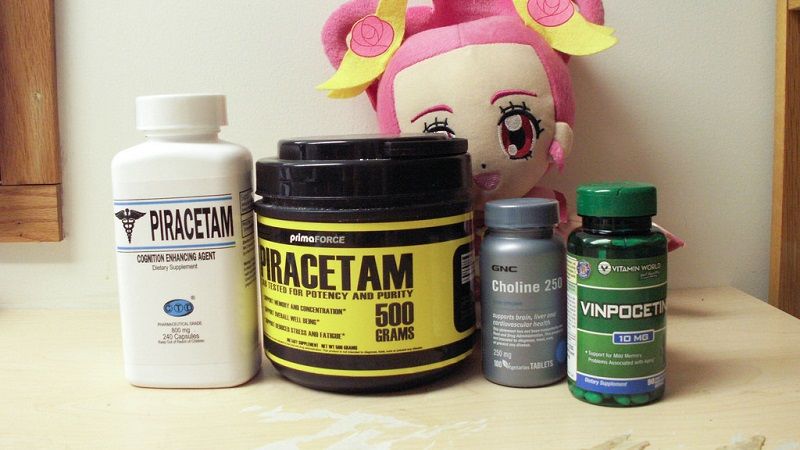
Racetams, specifically Piracetam an ingredient popular in over-the-counter nootropics, are synthetic stimulants designed to improve brain function. Patel notes Piracetam is the granddaddy of all racetams, and the term “nootropic” was originally coined to describe its effects. However, despite its popularity and how long it’s been around and in use, researchers don’t know what its mechanism of action is. Patel explained that the the most prominent hypothesis suggests Piracetam enhances neuronal function by increasing membrane fluidity in the brain, but that hasn’t been confirmed yet. And Patel elaborated that most studies on Piracetam aren’t done with the target market for nootropics in mind, the young professional:
The majority of studies seem to be done on types of people who are NOT buying nootropics. Like the elderly, people with blatant cognitive deficits, etc. This is analogous to some of the muscle-building research but more extreme. Like there are studies on some compound increasing muscle growth in elderly patients or patients with wasting, and supplement companies use some of those studies to back their supplements.
That said, there are plenty of studies out there that point to its benefits. One study, published in the British Journal of Pharmacology, suggests brain function in elderly patients can be greatly improved after regular dosing with Piracetam. Another study, published in the journal Psychopharmacology, found that Piracetam improved memory in most adult volunteers. And another,published in the Journal of Clinical Psychopharmacology, suggests it can help students, especially dyslexic students, improve their nonverbal learning skills, like reading ability and reading comprehension. Basically, researchers know it has an effect, but they don’t know what or how, and pinning it down requires additional research.
So I decided to try some.
Over the course of a few weeks, I took doses of Piracetam (around 1600mg three times a day), and I noticed a slight change in my focus. It was easier for me to sit down and power through my writing, I didn’t get distracted while doing research, and it noticeably improved my Crucible scores in Destiny.
However, when I didn’t stack it with Choline, I would get what users call “racetam headaches.” Choline, as Patel explains, is not a true nootropic, but it’s still a pro-cognitive compound that many take with other nootropics in a stack. It’s an essential nutrient that humans need for functions like memory and muscle control, but we can’t produce it, and many Americans don’t get enough of it. The headaches I got weren’t terribly painful, but they were uncomfortable enough that I stopped taking Piracetam on its own. Even without the headache, though, I didn’t really like the level of focus Piracetam gave me. I didn’t feel present when I used it, even when I tried to mix in caffeine and L-theanine. And while it seemed like I could focus and do my work faster, I was making more small mistakes in my writing, like skipping words. Essentially, it felt like my brain was moving faster than I could.
Modafinil Shows the Most Promise, But You Can’t Get It Without a Prescription
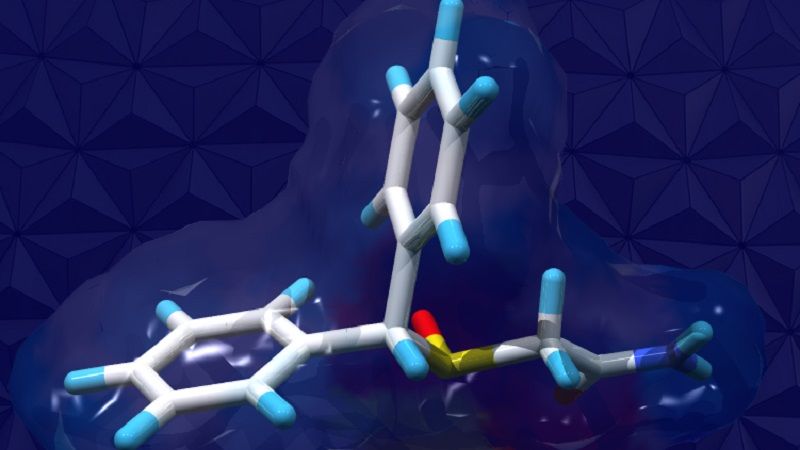
Of all the smart drugs in the world, Modafinil is most often touted as the best. It’s a powerful cognitive enhancer, great for boosting alertness, and has very few, mild side effects that most healthy users will never experience. And no, you can’t have any. Sorry. Modafinil is a prescription medication used to treat disorders like narcolepsy, shift work sleep disorder, and for those who suffer from obstructive sleep apnea.
As with other nootropics, the way it works is still partially a mystery, but most research points to it acting as a weak dopamine reuptake inhibitor. Put simply, it increases your dopamine levels the same way cocaine does, but in a much less extreme fashion. The enhanced reward system it creates in the brain, however, makes it what Patel considers to be the most potent cognitive enhancer available; and he notes that some people go from sloth to superman within an hour or two of taking it.
But perhaps the biggest difference between Modafinil and other nootropics like Piracetam, according to Patel, is that Modafinil studies show more efficacy in young, healthy people, not just the elderly or those with cognitive deficits. That’s why it’s great for (and often prescribed to) military members who are on an intense tour, or for those who can’t get enough sleep for physiological reasons. One study, by researchers at Imperial College London, and published in Annals of Surgery, even showed that Modafinil helped sleep-deprived surgeons become better at planning, redirecting their attention, and being less impulsive when making decisions.
So what’s the catch? Well, it’s potentially addictive for one. Anything that messes with your dopamine levels can be. And Patel says there are few long-term studies on it yet, so we don’t know how it will affect your brain chemistry down the road, or after prolonged, regular use. Also, you can’t get it very easily, or legally for that matter, if you live in the U.S. It’s classified as aschedule IV controlled substance. That’s where Adrafinil comes in.
Adrafinil is a prodrug for Modafinil, which means it can be metabolized into Modafinil to give you a similar effect. And you can buy it legally just about anywhere. But there are a few downsides. Patel explains that you have to take a lot more to achieve a similar effect as Modafinil, wait longer for it to kick in (45-60 minutes), there are more potential side effects, and there aren’t any other benefits to taking it.
I’ve had some success with nootropics, but your mileage may vary. And because I’m not a scientist or a doctor, it’s hard for me to say for certain how much they helped. Did they work? Or did I really want them to work? As Patel explains, it’s important to distinguish the placebo effect from a real effect, especially with nootropics:
With something like creatine, you’d know if it helps you pump out another rep at the gym on a sustainable basis. With nootropics, you can easily trick yourself into believing they help your mindset. The ideal is to do a trial on yourself. Take identical looking nootropic pills and placebo pills for a couple weeks each, then see what the difference is. With only a third party knowing the difference, of course.
Most research on these nootropics suggest they have some benefits, sure, but as Barbara Sahakian and Sharon Morein-Zamir explain in the journal Nature, nobody knows their long-term effects. And we don’t know how extended use might change your brain chemistry in the long run. Researchers are getting closer to what makes these substances do what they do, but very little is certain right now. If you’re looking to live out your own Limitless fantasy, do your research first, and proceed with caution.
Read more at: lifehacker.com
Tagged Under: Nootropics, Smart Drugs



